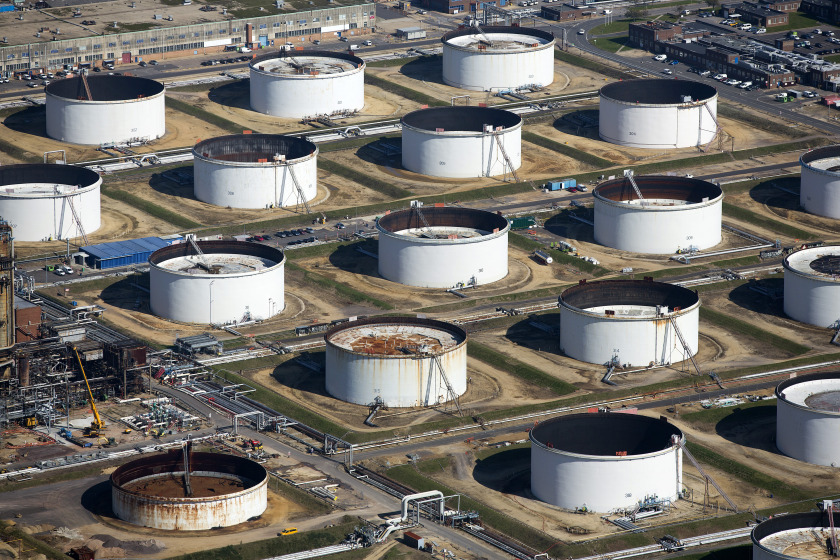
Weak demand will drive production shut ins this quarter, IHS Markit’s vice president Aaron Brady told Energy Voice, as storage options are limited.
“If you’re a producer and you can’t sell it and you can’t store it, you can’t produce it. West Africa is not the only place where this could happen. Russia and Saudi Arabia have talked of increasing production but it is becoming clear they will not able to sell all the crude. Customers are not asking for that crude,” Brady said, with current demand around 20 million barrels per day lower than normal.
Those most exposed will be producers with limited export options, such as a pipeline to a small group of refineries or refiner. As such, West Africa and its reliance on crude exports should not suffer too badly, even though local storage is in short supply.
“West Africa is export oriented. While some crude will go to domestic consumption, most of it is put on tankers and taken away. That said, the lack of local storage has driven countries to discount crudes,” Brady said. Nigeria’s Bonny Light benchmark typically trades at a premium to Brent but this month has fallen to a $5 discount, according to Reuters.
One bright spot has been an increase in Chinese buying. The country has shown some signs of emerging from its coronavirus related woes and has been cashing in on low prices to fill storage.
According to research from the consultancy, Nigeria has the least amount of oil storage available with only 1.5 days of production, at 1.9 million bpd. Angola has 3.9 days, IHS Markit said.
Cantor Fitzgerald Europe’s analyst Jack Allardyce also raised concerns about reaching the tank tops. “With major producers pumping barrels freely and the IEA suggesting that short-term demand could fall by a fifth due to travel restrictions, global storage is likely to hit capacity over the next two-to-three months. This is likely to be particularly damaging for US crude, with prices in the Permian region potentially hitting single digits.”
As demand has crumbled, and production increased, negative pricing has become “possible and likely”, Brady continued. Eventually a producer would opt to shut down fields but may be willing to pay an offtaker to move crude away if it was considered to be a temporary solution.
Shutting down wells can damage reservoirs, Brady noted, for instance where some thermal projects are allowed to cool.
As to when things might improve, IHS Markit expects the greatest impact on demand to be in the second quarter. “As demand comes back, it will not be instant,” Brady said. “There is likely to be a change to people’s behaviour, with a cautious transition period. Historically, refineries would be ramping up now for the US driving season, which should get under way in May. That is all on hold.”
